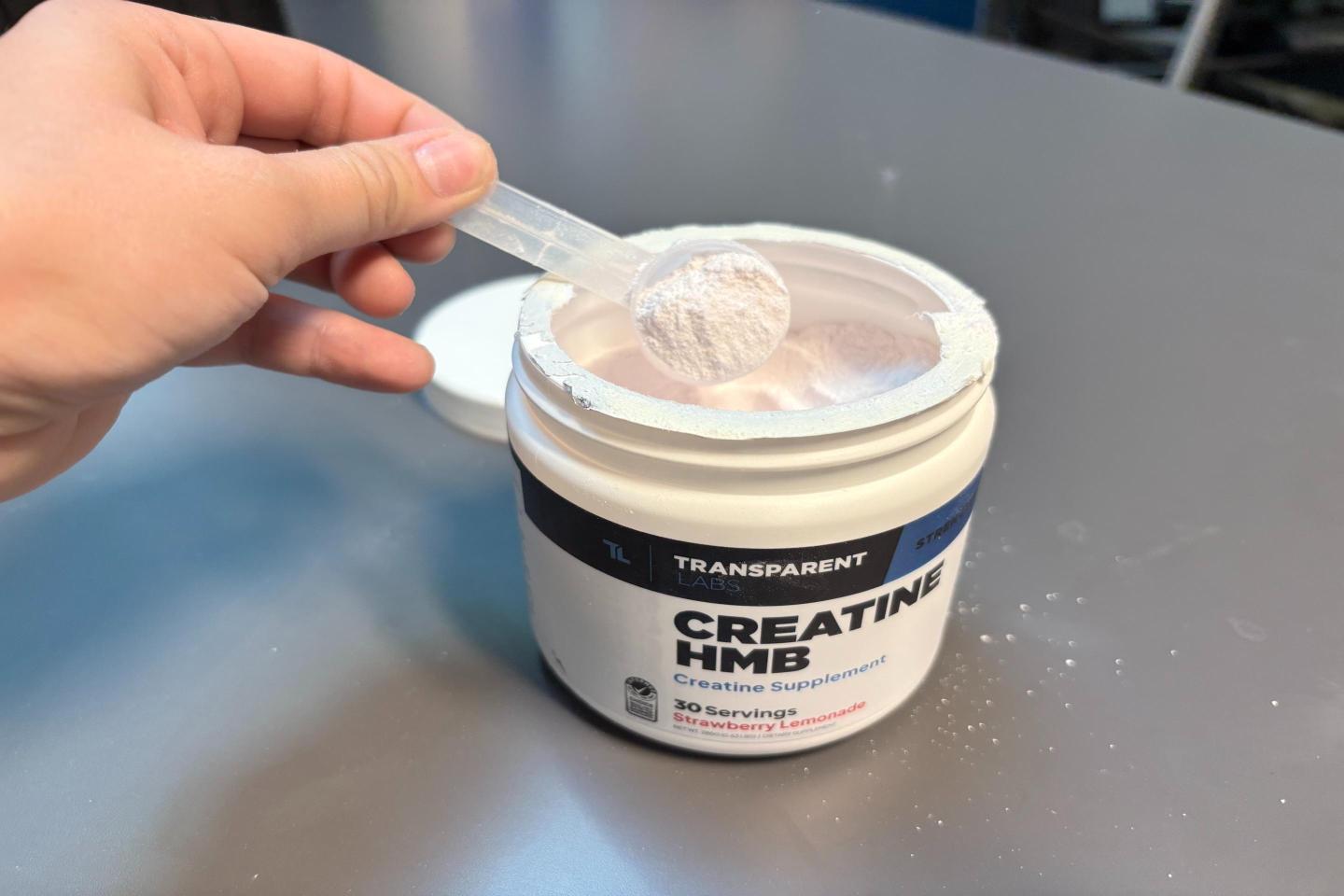The winter holiday season might be saved thanks to the coronavirus vaccine rollout.
Data collected by the New York Times suggest fears that the onset of frigid temperatures would lead to a fresh wave of COVID-19 cases across the country could be unfounded.
Unlike last year when mid-September marked the beginning of a four-month–long period during which cases trended ever higher, the inoculation drive is keeping a lid on flare-ups of COVID even though people are starting to flock indoors to escape the cold.
New infections in the U.S. have dropped continuously since the spread of the Delta variant peaked six weeks ago. Over the past two weeks, the nationwide count has fallen by 22% to 70,291 cases on a seven-day rolling average, while the number of those hospitalized has dropped by 19%.

Some northern states like Alaska, Montana, and Idaho are bucking the broader trend with double-digit increases in new infections; those three states all have vaccination rates below the 57% national average.
By comparison, vaccine outperformers Minnesota, New Hampshire, New York, and Wisconsin all saw double-digit declines.
As winter approaches, nearly half of companies are requiring or considering mandating COVID-19 vaccination for employees, and President Biden has stated federal employees and contractors will need to be vaccinated.
The picture is broadly similar in Canada. The northern U.S. neighbor experienced a 16% decline in new cases to just 3,018 reported daily during the week through Oct. 17.
According to data from the Public Health Agency of Canada, the rate of new COVID cases among the unvaccinated was eight times as high as among those who’d gotten the jab, while the rate of hospitalizations was 25 times as high.
A recent study of vaccine hesitancy by researchers at Johns Hopkins University concludes that messaging needs to be tailored to address the three main concerns—side effects, safety, and efficacy—giving priority to those information channels most trusted by anti-vaxxers or vaccine skeptics.
Subscribe to Fortune Daily to get essential business stories delivered straight to your inbox each morning.












